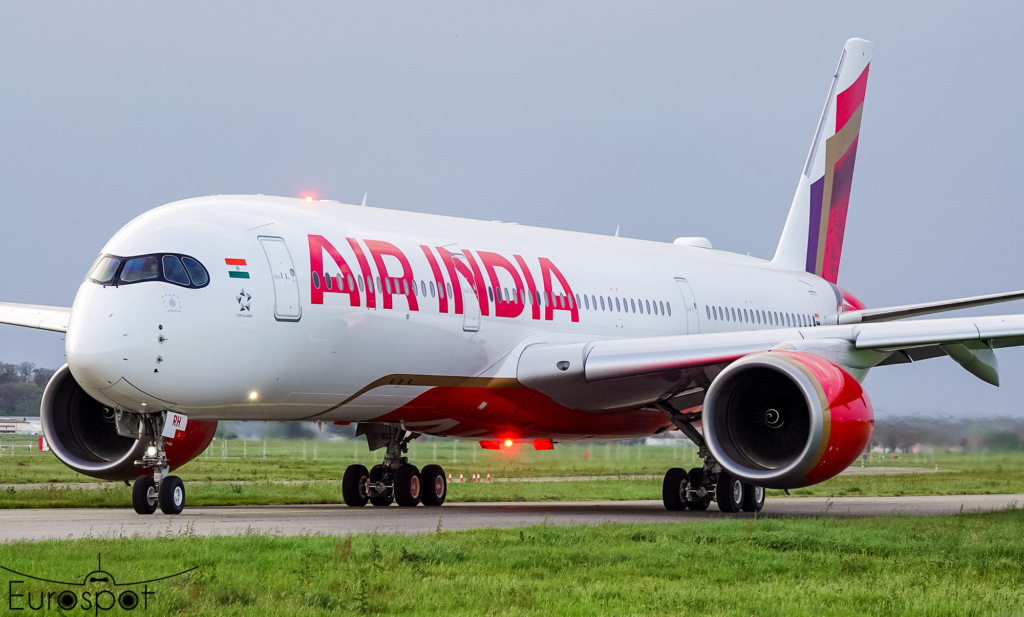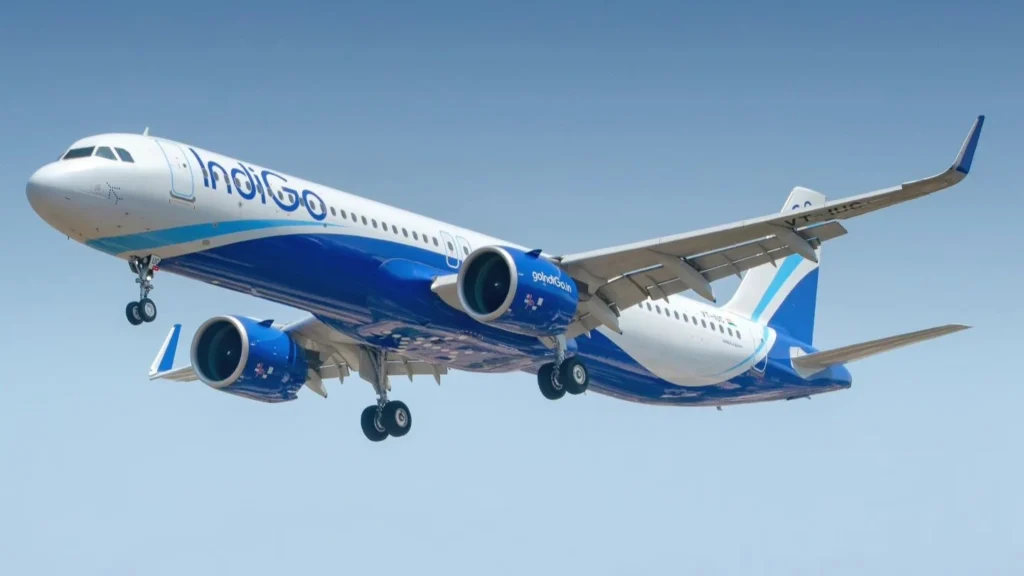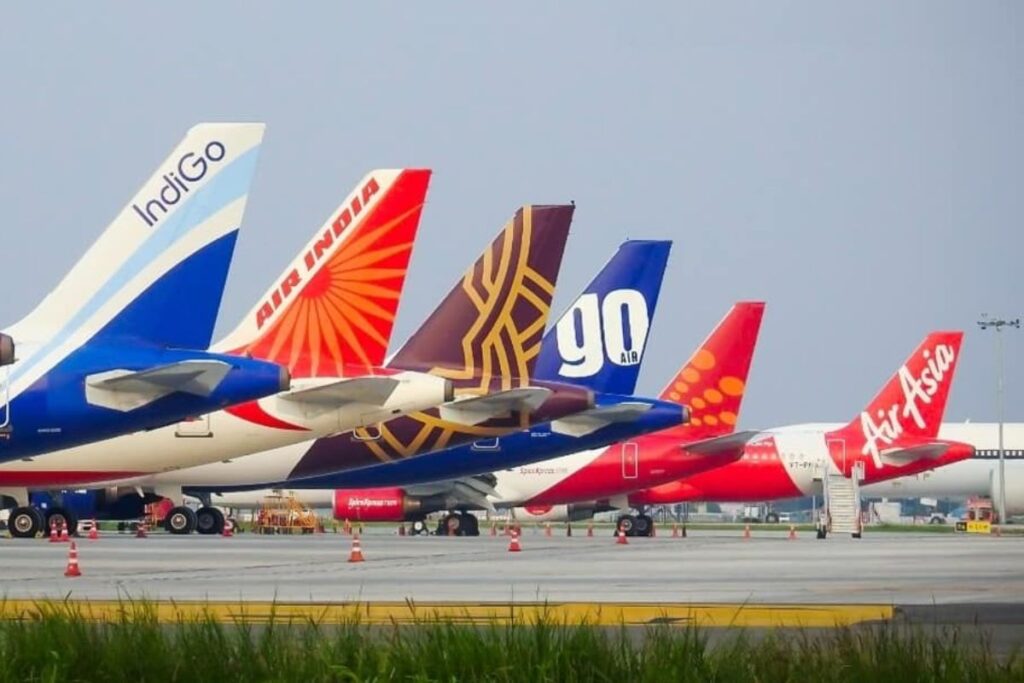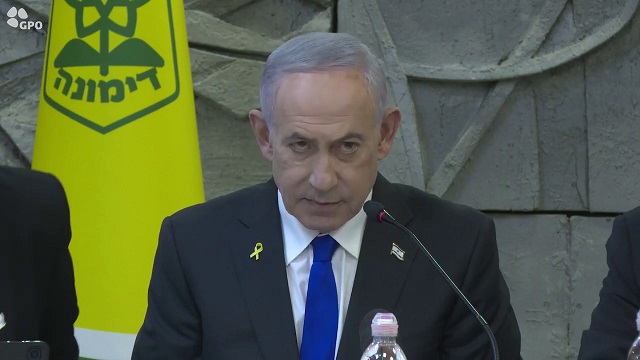
NEW DELHI- Pakistan’s airspace closure to Indian airlines, including Air India (AI) and IndiGo (6E), is set to cost the industry ₹7,000 (~$1 Billion) crore annually. The ban, effective from April 24, 2025, disrupts flights from Delhi (DEL) and other northern cities.
According to industry reports shared with the Ministry of Civil Aviation (MoCA), the losses stem from extended flight paths, fuel expenses, and cancellations. Air India is facing the largest loss at ₹5,000 crore, followed by IndiGo at ₹1,300 crore in projected losses.
 Photo: Harsh Tekriwal | AvgeekwithLens
Photo: Harsh Tekriwal | AvgeekwithLensPakistan Airspace Closure Impact
Pakistan’s decision to ban Indian airlines from its airspace, following the Pahalgam terror attack on April 22, 2025, has triggered significant financial strain.
Industry sources estimate a consolidated annual loss of ₹7,000 crore ($800 million) for Indian airlines due to increased fuel costs, longer routes, and technical stops.
According to businessline, these figures stem from reports submitted to the Ministry of Civil Aviation (MoCA), which requested airlines to assess the financial impact. The estimates are provisional and subject to reconciliation, with final figures expected later.
Air India (AI), with 60% of its revenue from international routes, faces a ₹5,000 crore loss, primarily due to its extensive long-haul operations.
IndiGo (6E), with a broader international network, anticipates a ₹1,300 crore hit, while other carriers like Air India Express (IX), SpiceJet (SG), and Akasa Air (QP) contribute to the remaining losses.
The closure affects over 800 weekly flights, particularly those from northern cities like Delhi (DEL), Amritsar (ATQ), and Lucknow (LKO), to destinations in North America, Europe, the Middle East, and Central Asia.
 Photo: Eurospot
Photo: EurospotAir India Operational Challenges
Air India (AI) operates 70 weekly flights to seven North American destinations, with 58 departing from Delhi (DEL).
The Pakistan airspace closure forces these flights to take detours over the Arabian Sea or make technical stops in Vienna (VIE) or Copenhagen (CPH), adding 2–4.5 hours to flight times.
This increases fuel consumption and crew costs while reducing cargo capacity. Only Air India’s Boeing 777s and Airbus A350s can manage nonstop flights to the US and Canada, but the longer routes strain their operational efficiency.
The airline has requested a government subsidy model to offset losses, estimating an annual impact of ₹5,000 crore ($591 million) if the ban persists.
 Photo: Utkarsh Thakkar (Vimanspotter)
Photo: Utkarsh Thakkar (Vimanspotter)IndiGo Network Adjustments
IndiGo (6E), operating around 50 affected international routes, has faced disruptions in flights from northern cities to Gulf countries and Commonwealth of Independent States (CIS) destinations like Almaty (ALA) and Tashkent (TAS).
The airline canceled flights to these Central Asian cities from April 27 to May 7, 2025, as the detours exceed the range of its narrow-body fleet.
IndiGo’s multi-city hub strategy, with operations from Delhi (DEL), Mumbai (BOM), and other hubs, helps mitigate some losses.
The airline is adjusting schedules to minimize disruptions, but longer sectors increase operational costs by $1,350–$3,000 per flight due to higher fuel consumption.
 Photo: Harsh Tekriwal | AvgeekwithLens
Photo: Harsh Tekriwal | AvgeekwithLensIndustry-Wide Implications
The airspace closure impacts over 1,200 monthly flights to Europe and North America, adding up to 1.5 hours of flight time and ₹29 lakh per North American flight in costs.
Middle Eastern routes face an additional 45 minutes, costing ₹5 lakh per flight. These expenses, coupled with payload restrictions and crew scheduling complexities, threaten airlines’ thin profit margins.
Non-Indian carriers, unaffected by the ban, gain a competitive edge, potentially capturing market share on these routes.
The Indian government is exploring relief measures, including tax exemptions and alternative routes near Chinese airspace, to ease the burden.
 Photo: Courtesy to creator
Photo: Courtesy to creatorFuture Outlook
In 2019, a similar airspace closure after the Balakot airstrikes cost Indian airlines ₹700 crore over five months.
The current ban, set to last until May 25, 2025, could escalate losses if extended. Airlines are bracing for fare hikes of 8–12% to offset costs, which may burden passengers.
The Ministry of Civil Aviation is working with carriers to assess long-term impacts and explore solutions, prioritizing minimal disruption for travelers.
However, without diplomatic resolution, the financial strain on Indian airlines will persist.
Stay tuned with us. Further, follow us on social media for the latest updates.
Join us on Telegram Group for the Latest Aviation Updates. Subsequently, follow us on Google News
Air India Seeks Rs.5,000 Cr Subsidy Amid Pakistan Airspace Ban
The post Pakistan Airspace Closure to Cost Indian Airlines Around $800 Million Annually appeared first on Aviation A2Z.


















